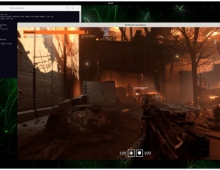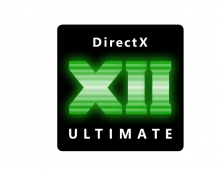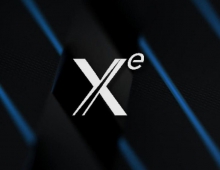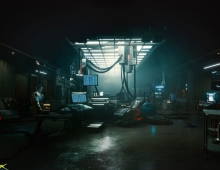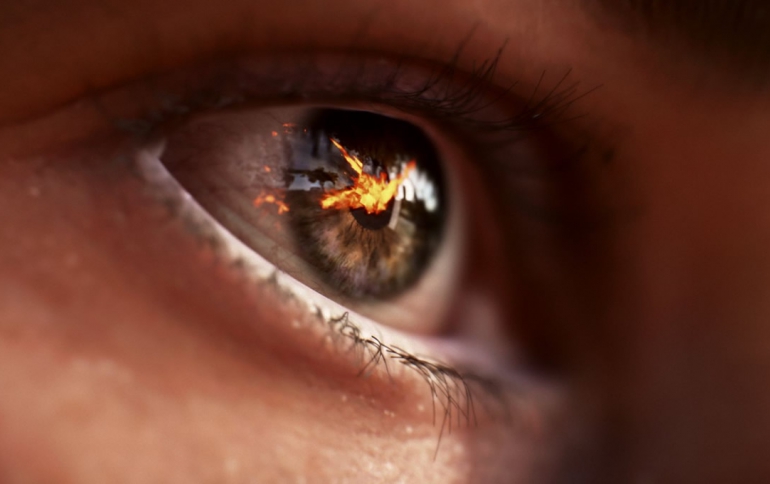
Windows 10 October 2018 Update Includes DirectX Raytracing
The release of Windows 10 October 2018 Update promises to catalyze the development of a new generation of games that bring lifelike lighting, reflections and shadows to real-time, interactive experiences.
One of the update's key features is the first public support for Microsoft DirectX Raytracing (DXR).
DXR provides an industry-standard application programming interface (API) that gives all game developers access to the recently released Nvidia GeForce RTX's hardware support of ray tracing.
DXR also adds support for ray tracing to the Windows operating system, so DirectX 12 Windows PCs can now execute the applications that support real-time ray tracing.
Real-time ray tracing is a revolution for the gaming industry. It offers a level of realism far beyond what's possible with traditional rendering techniques. This is because raytracing excels in areas where traditional rasterization is lacking, such as reflections, shadows and ambient occlusion.
Ray tracing isn't new. It's been rendered offline for decades to create movies and other applications where real-time performance isn't essential.
This isn't the case for games. Movie scenes are "fixed." The action doesn't change. So moviemakers can spend days or weeks rendering a single scene. By contrast, game scenes are interactive and unpredictable. A game has only milliseconds to generate an image.
NVIDIA GeForce RTX graphics cards make real-time ray tracing possible.
Top game studios are already developing titles featuring real-time ray tracing on NVIDIA GeForce RTX GPUs. Three blockbusters will be supporting the technology: Battlefield V, Metro Exodus and Shadow of the Tomb Raider. Other developers have announced support for NVIDIA RTX as well. 3DMark has even announced a benchmark for ray tracing titles.

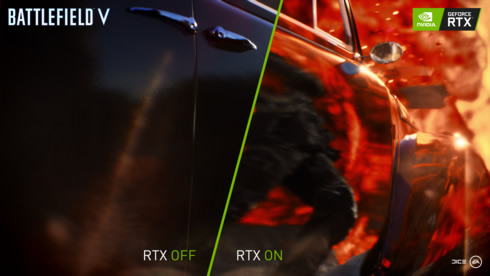
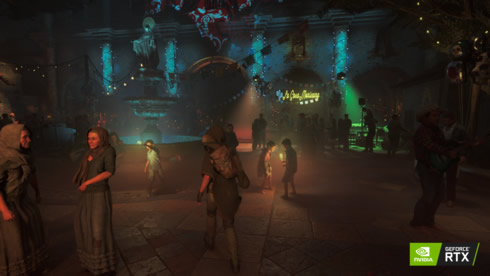
Microsoft specifically designed their raytracing API to be used alongside rasterization-based game pipelines and for developers to be able to integrate DirectX Raytracing support into their existing engines, without the need to rebuild their game engines from the ground up.
DirectX Raytracing benefits not only from advances in hardware becoming more general-purpose, but also from advances in software.
In addition to the progress made with DirectX Raytracing, Microsoft recently announced a new public API, DirectML, which will allow game developers to integrate inferencing into their games with a low-level API.
ML techniques such as denoising and super-resolution will allow hardware to achieve impressive raytraced effects with fewer rays per pixel.
DirectX Raytracing and Game Development
Developers in the future will be able to spend less time with expensive pre-computations generating custom lightmaps, shadow maps and ambient occlusion maps for each asset.
Realism will be easier to achieve for game engines: accurate shadows, lighting, reflections and ambient occlusion are a natural consequence of raytracing and don't require extensive work refining and iterating on complicated scene-specific shaders.
The human brain is hardwired to detect realism and is especially sensitive to realism when looking at representations of people: we can intuitively feel when a character in a game looks and feels 'right', and much of this depends on accurate lighting. When a character gets really close to looking as a real human should, but slightly misses the mark, it becomes unnerving to look at. This effect is known as the uncanny valley.
Because true-to-life lighting is a natural consequence of raytracing, DirectX Raytracing will allow games to get much closer to crossing the uncanny valley, allowing developers to blur the line between the real and the fake. Games that fully cross the uncanny valley will gave gamers total immersion in their virtual environments and interactions with in-game characters.
The October 2018 Update update is now available to the public. As with all updates, rolling out the October 2018 Update will be a gradual process, meaning that not everyone will get it automatically on day one.

